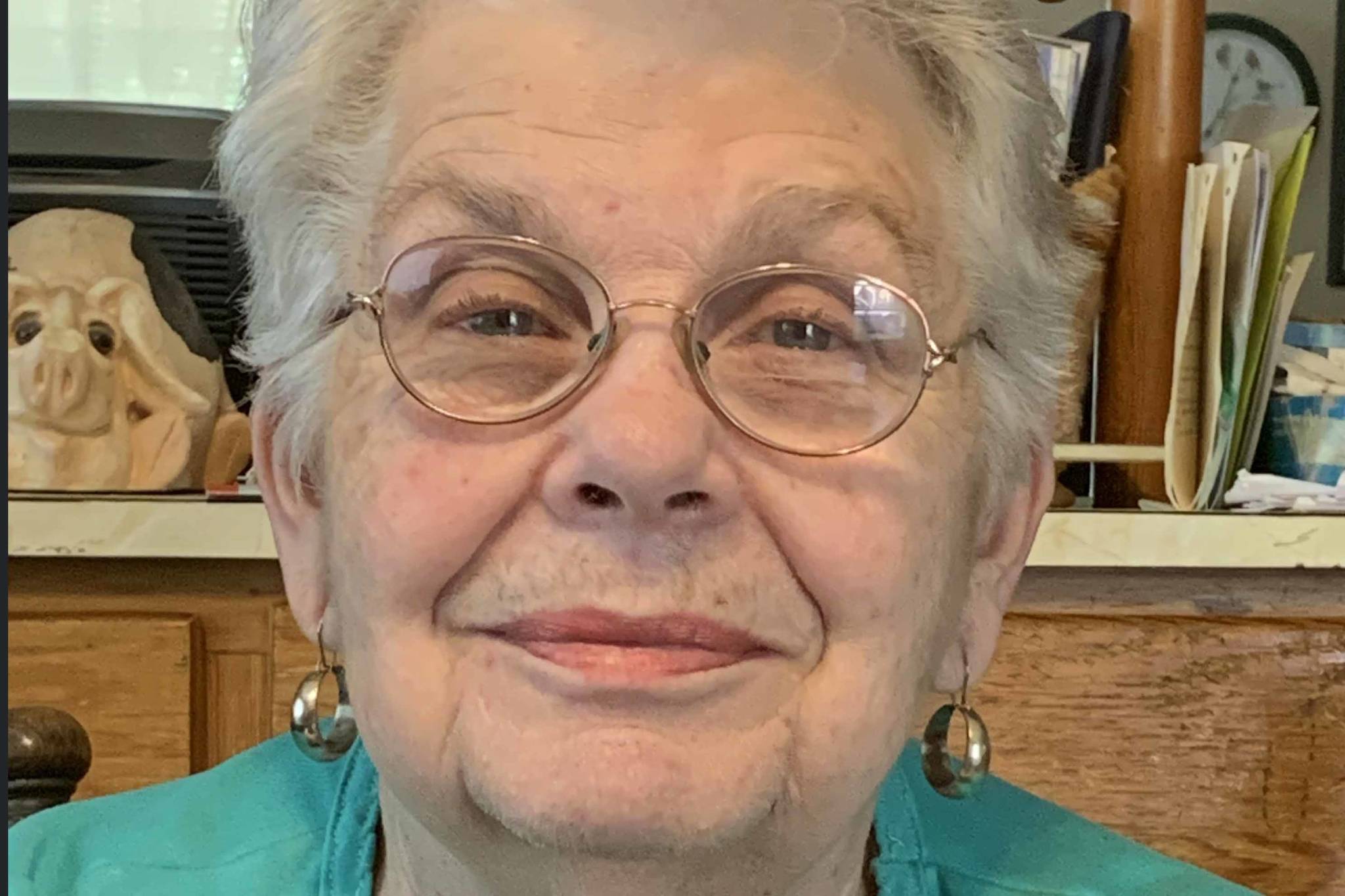Have you noticed that everyone you see these days has a tattoo? When I was a kid the only people with tattoos were sailors, and maybe a few other military men. The only place you’d see a female with one was in National Geographic where we kids often went for our sociological information and all anatomy lessons.
By the time I was a teenager the biker gangs (who were returning military for the most part) brought tattoos into public view but no mainline male had one (or at least the public never saw it if he did). They weren’t for the straight folks. Now your banker, your doctor, everyone on T.V. and even your granddaughter (!!!) has one. That stereotype has become so cliché we have to find another way to characterize the people we see.
Isn’t it funny how we classify people, right or wrong!! I used to go to a lot of movies. Back in the day (way back) you immediately knew who was who. Remember Snidely Whiplash, the cartoon villain in the Rocky and Bullwinkle cartoons your kids watched? He was the cartoon take-off on the old-time villains from really early stage plays and movies. The minute you saw the handlebar mustache and black stovepipe hat you knew to boo and hiss.
That characterization carried over into movies, although maybe not so blatantly, but in the old westerns if a man had a mustache and a black hat you knew eventually he’d prove to be the bad guy. The good guys were always clean shaven (except for the wise old codger who had a big unruly white beard) and wore the white hat. Even if he started out as a nebulous character, if he had a white hat you knew he was on the right side.
This occurred to me because a friend is writing a book and we were talking about characterization. It used to be easy to pinpoint who a character was in movies and books. The blonde pageboy (think Doris Day) was the ‘good girl.’ The female with the dark windblown hair was the “loose woman” and if she had a cigarette, most certainly the villainess.
Redheads were a little more ambiguous. She could be the buddy of the blonde or the instigator with the brunette. It might take a minute to pinpoint her place, but if she was wearing high heels, or a revealing blouse she was on the wrong side.
Redheaded men, however, were usually the comic foil, or the placeholder, the character who rehashed the plot when necessary, and often was destined to be killed midway to build animosity for the bad guys.
Somewhere in the ’50s along came Marilyn Monroe and Jane Russell, and more realistic movies and the simple life changed. James Dean and Clint Eastwood were harder to pigeonhole (neither one had a mustache) and bad boys were all at once the heroes. Because, of course, they were never really too bad. Remember Zorro!! (or Rowdy Yates??)
It’s probably good that we tend to take everyone at face value these days. Where I grew up in very small farming/logging communities in the PNW, we pretty well knew everyone in two counties, so stereotyping was not so common. You either liked someone or not, but it didn’t have anything to do with the color of their hair or what they wore to school. We had other criteria: They took our bus seat or called us a sissy. Maybe even something really serious like they broke our last pencil. And you would probably like them again in a day or two. The only ones who might be labeled were the preacher’s kids and the teacher’s kids. But they soon lived down or up to their expected place in our society and rightfully earned their label.
But back to the tattoos. I never wanted one, probably because of the stigma in my formative years. One of the lessons I learned from my mom was you aren’t being different if you are doing what everyone else is doing (That didn’t keep me from getting a poodle skirt, but made me reconsider a couple of other less benign decisions). Since they have become so common, I tend to not notice tattoos unless they’re really provocative. I keep visualizing these perfect 20-year-old tattooed bodies in 50 years …
But maybe tattoos have helped us make a major social step. Kids today don’t see the artificial differences that were set up as a barrier many generations ago: Social standing, race, gender, even community. And that’s a good thing! Most of my friends today are also more inclusive than they were allowed to be in their younger lives without even noticing it happened. And that is also a good thing! (You CAN teach an old dog new tricks).
As for the tattooed granddaughter just call me T. Rex!
• By Virginia Walters, For the Peninsula Clarion

